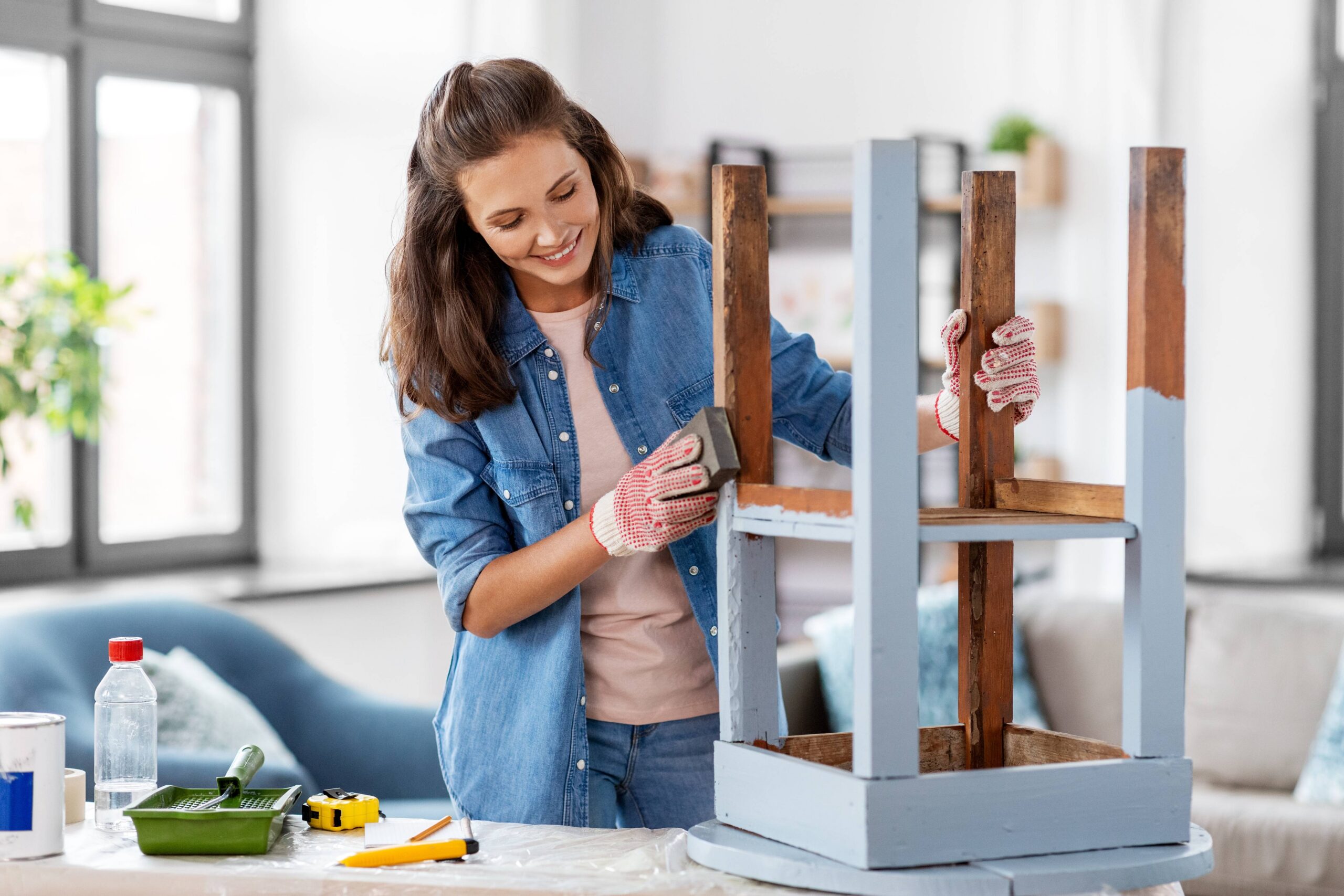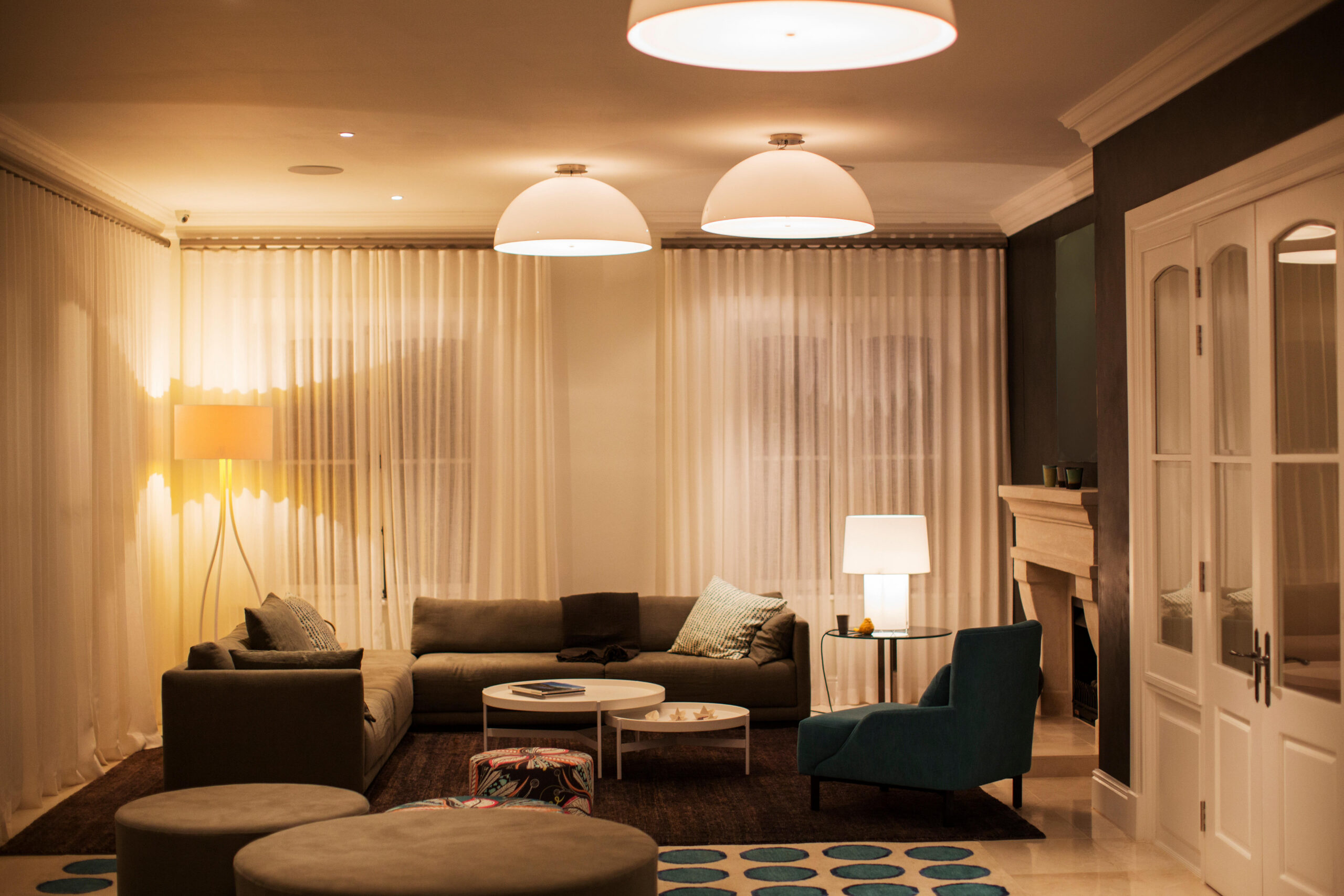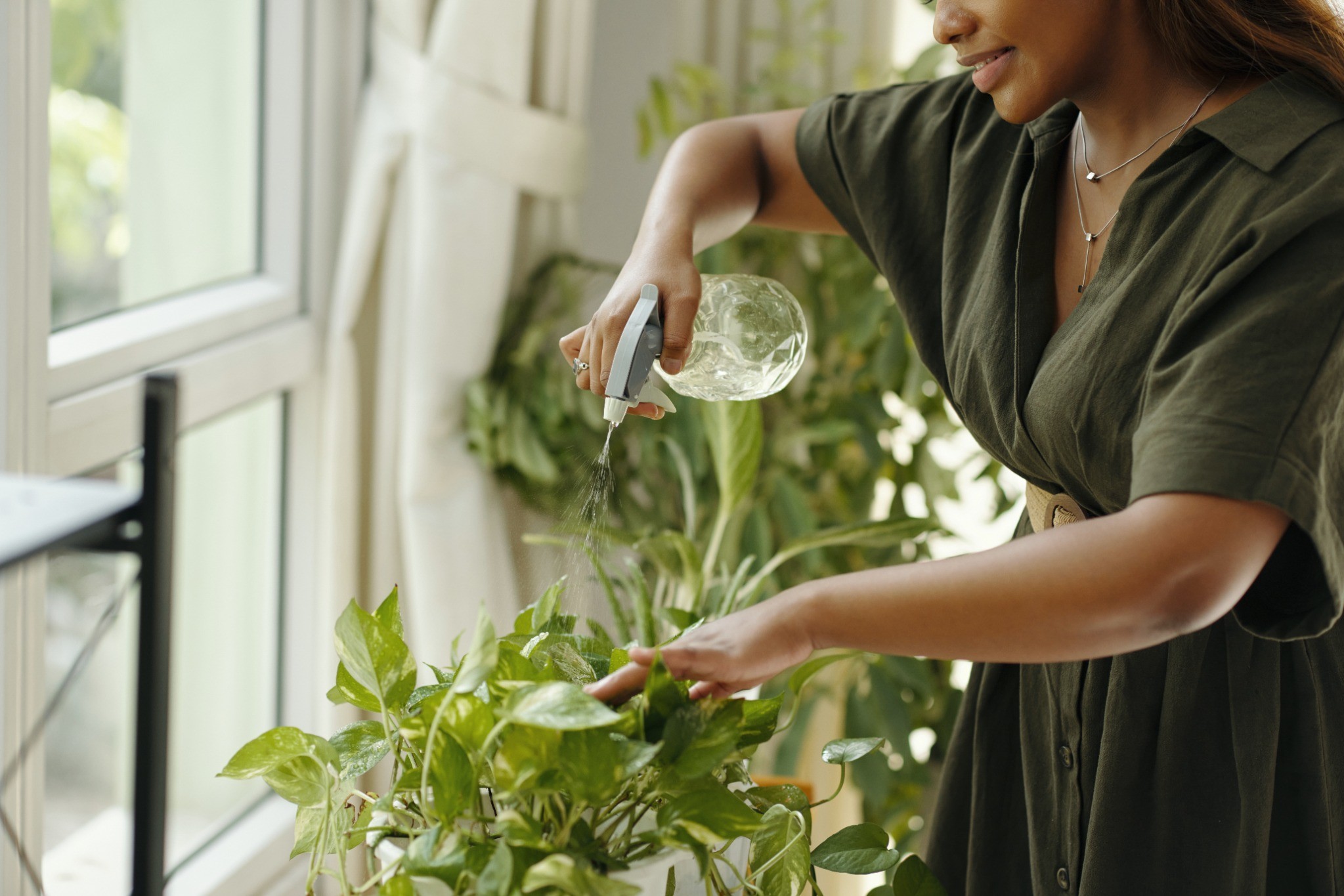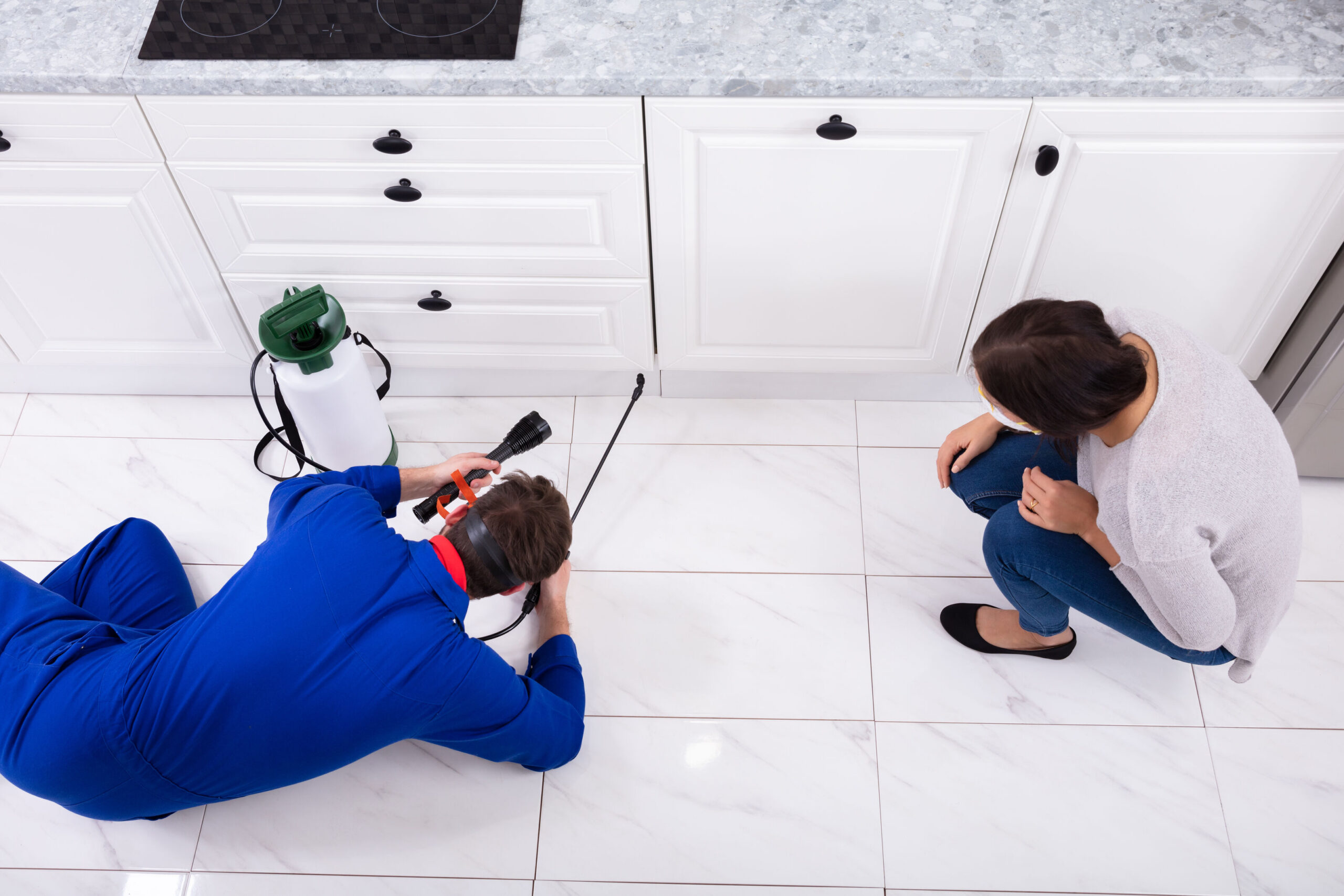Table of Contents
How to Decorate Your First Apartment Without Overspending
Moving into your first apartment is exciting — a fresh start, your own space, and endless possibilities for making it feel like home. But decorating it? That’s where reality hits. Between furniture, décor, and all the “little things” you didn’t realize you’d need, costs can add up fast.

The good news is, you don’t need a huge budget to create a stylish, comfortable home. With a bit of creativity, smart planning, and some resourceful shopping, you can design a space that looks pulled together without draining your bank account. Here’s how to decorate your first apartment beautifully — and affordably.
Start with a Plan (and a Real Budget)
Before buying anything, take a step back and prioritize. It’s easy to get caught up in Pinterest ideas or influencer aesthetics, but you’ll save more by deciding what you actually need first.
Write down your essentials — furniture, lighting, storage — and estimate how much you can reasonably spend in total. Then, assign rough amounts to each category. You might allocate more to things you’ll use daily (like a bed and sofa) and less to purely decorative pieces.
Once you have your list, stick to it. Impulse purchases are the fastest way to overspend, and sales only save you money if you were already planning to buy.
Furnish the Basics First
A common mistake is trying to decorate an entire apartment at once. The smartest approach is to start with your “anchor pieces” — the furniture you’ll actually live on every day.
That means:
- A comfortable bed and decent mattress
- A sofa or loveseat
- A small table or desk
- A few chairs
- Basic lighting
Focus on function over aesthetics at first. You can always layer in style later with inexpensive décor and accessories. Even mismatched or secondhand pieces will look cohesive once you bring in consistent colors and textures.
If you’re starting from scratch, consider buying secondhand furniture through local marketplaces, thrift stores, or community groups. You’ll find high-quality pieces for a fraction of retail prices — and a little DIY sanding or paint can make them look brand new.
Mix New, Used, and DIY
The best way to save while decorating is to mix affordable new items with thrifted or handmade finds. You don’t need a matching furniture set — in fact, eclectic styles often look more interesting.
Shop smart:
- Browse local thrift stores and Facebook Marketplace for budget furniture.
- Look for “open box” or clearance deals from online retailers.
- Check dollar stores and discount chains for kitchen basics and décor.
- Repurpose what you already own — old books, baskets, or fabric can become design elements.
For example, crates can become shelving, vintage suitcases can double as side tables, and mirrors can make a small apartment feel larger. When you combine practicality with creativity, even low-cost items look intentional.
Use Paint, Rugs, and Textiles to Transform a Space
You might not be able to renovate your apartment, but you can change how it feels through color and texture.
If your lease allows it, painting one accent wall in a neutral or muted tone can make a huge impact for under $30. If paint is off-limits, use large wall hangings, removable wallpaper, or fabric panels to bring in visual interest.
Rugs are another game-changer. They define spaces in open layouts, hide worn flooring, and add warmth instantly. Affordable options from big-box stores or online marketplaces can transform even the plainest rental.
And don’t underestimate textiles: cozy blankets, throw pillows, and curtains create softness and comfort — the kind that makes a small apartment feel like home. Choose cohesive colors or textures to tie different rooms together without overspending.
Prioritize Multi-Functional Furniture
When space and money are limited, furniture that multitasks is worth every penny. A storage ottoman doubles as seating and hidden storage. A fold-out sofa works for guests. A bar cart can serve as a side table or mini coffee station.
Even inexpensive shelving units can become makeshift wardrobes or room dividers in studio apartments. Look for pieces that can evolve with your needs — so you won’t have to rebuy when your space changes.
Modular furniture (like stackable cubes or nesting tables) is also a great investment. It gives you flexibility now and adaptability later.
Add Personality Through Small Details
It’s easy to feel like a new apartment should look perfect right away, but style takes time — and it’s the details that make it yours.
Instead of buying all your décor at once, collect meaningful pieces gradually. Photos, artwork, plants, and souvenirs bring warmth and personality that store-bought décor can’t match.
Framed prints and wall art are inexpensive, especially if you print them yourself or buy digital downloads. Candles, small planters, or unique thrifted objects can instantly make your space feel layered and personal.
Plants, in particular, are a low-cost way to elevate your home. They add color, improve air quality, and make any room feel alive. Start with low-maintenance options like pothos or succulents if you’re new to greenery.
Make Lighting a Design Feature
Good lighting can turn a cheap apartment into a chic one. Most rentals come with basic overhead fixtures, but adding your own lamps and lighting accents changes everything.
Use a mix of lighting sources — a floor lamp in the living area, a bedside lamp, and soft string lights for ambiance. Warm bulbs (2700–3000K) create a cozy, inviting atmosphere.
If you’re on a tight budget, check thrift stores or clearance aisles for secondhand lamps. A new shade or bulb can make an old fixture look high-end.
Decorate with Function in Mind
Every piece in a small apartment should serve a purpose — or two. Storage baskets double as décor, a mirror brightens and enlarges a space, and a small bookshelf adds both style and organization.
Even decorative trays or bowls can keep small items neat while looking intentional. The more your décor contributes to your apartment’s functionality, the less clutter and chaos you’ll have — and the less you’ll feel the need to buy more stuff.
Take Advantage of What’s Free
You don’t have to buy everything new. Ask friends or family if they have unused furniture or décor sitting in storage. Many people are happy to give away extra items, especially when you’re furnishing your first home.
Online “Buy Nothing” groups are treasure troves for gently used items — everything from cookware to picture frames to rugs. All it costs is a little coordination and some gratitude.
Swapping items with friends can also be fun — trade décor or kitchenware you no longer need for something that feels new to you.
Go Slowly — Style Doesn’t Happen Overnight
Decorating your first apartment should be enjoyable, not stressful. You don’t have to fill every wall or corner immediately. The most stylish homes are built over time, not overnight.
Start with the basics, then gradually layer in items that make you feel comfortable and inspired. It’s better to invest in one meaningful piece each month than to buy everything at once and regret it later.
Living in your space for a few months before committing to big purchases also helps you understand what you really need — and what you can skip.
The Bottom Line: Comfort First, Aesthetics Second
Decorating your first apartment on a budget is all about balance — finding affordable ways to make your space functional, welcoming, and reflective of you. You don’t need expensive furniture or designer décor to create a place you love.
When you mix secondhand finds, a few new essentials, and a dose of creativity, you end up with something even better than a perfectly styled apartment: a home that feels genuinely yours.
The key is to take your time, be resourceful, and remember that style isn’t about how much you spend — it’s about how you make the space your own.





